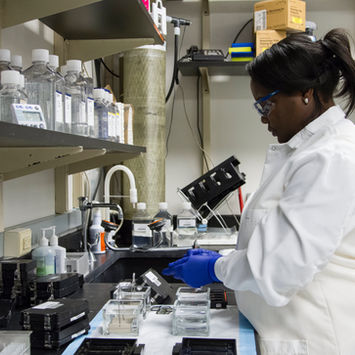Metabolic Engineering: A Form of Genetic Manipulation
Saccharomyces cerevisiae was engineered to enhance beta carotene production
Microorganisms, like yeast, can be harnessed to produce desired products with increased sustainability in terms of cost, yield, and decreased environmental strain. In this experiment, genes that code for enzymes to produce and enhance production of beta carotene were transformed into yeast cells.


What is metabolic engineering?
Scientists continue to explore genetic manipulation in many ways, some of which will help cure disease, others of which will help ease environmental strain and lessen future damage by increasingly sustainable means. Microorganisms can be used as tiny cellular factories to produce high value or difficult to extract compounds at an industrial level. The manipulation of genetic and regulatory processes can be directed to produce desired metabolites that can then be used to society’s benefit. In practice, metabolic engineering involves isolating relevant genes from specific organisms, creating transformation units with the required genetic elements, which can then be transformed into the host organism’s genome, and allowing those inserted genes to produce the desired proteins, enzymes, or products. Already, yeast metabolic engineering is capable of producing alternative biofuels, expensive pharmaceuticals, vitamins, multiple foods and beverages, enzymes, flavoring agents, and more, with an increased yield and decreased cost relative to traditional production or extraction methods.










